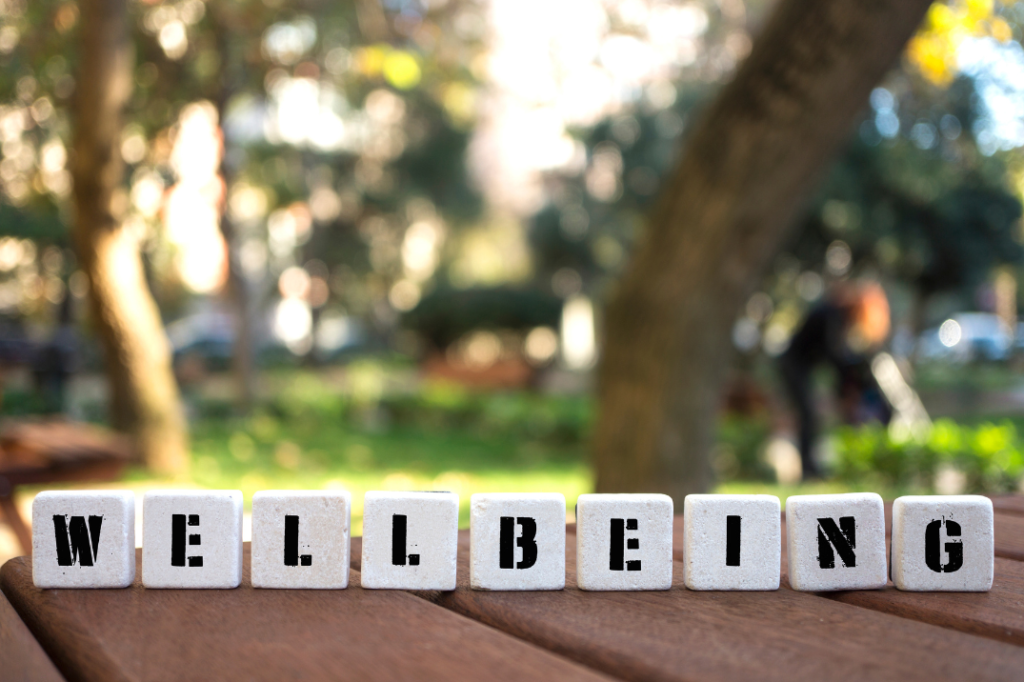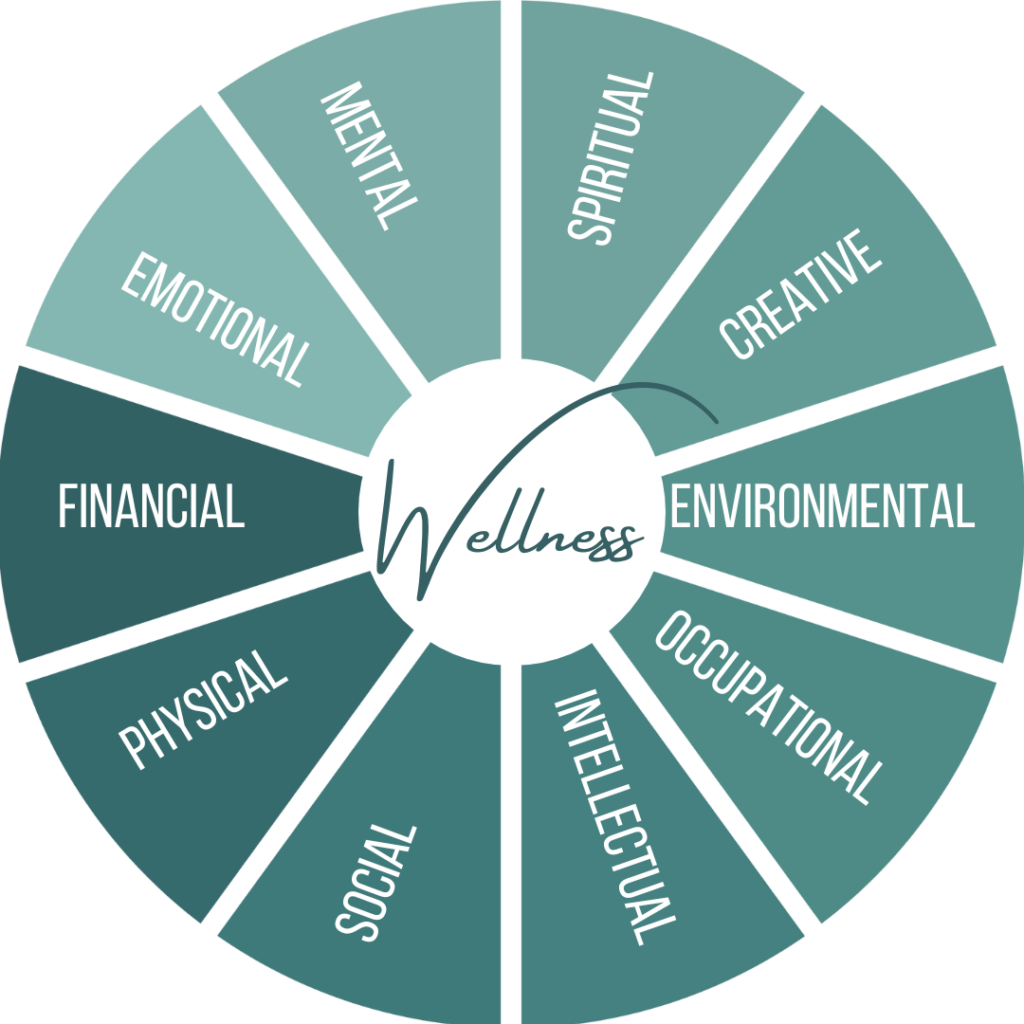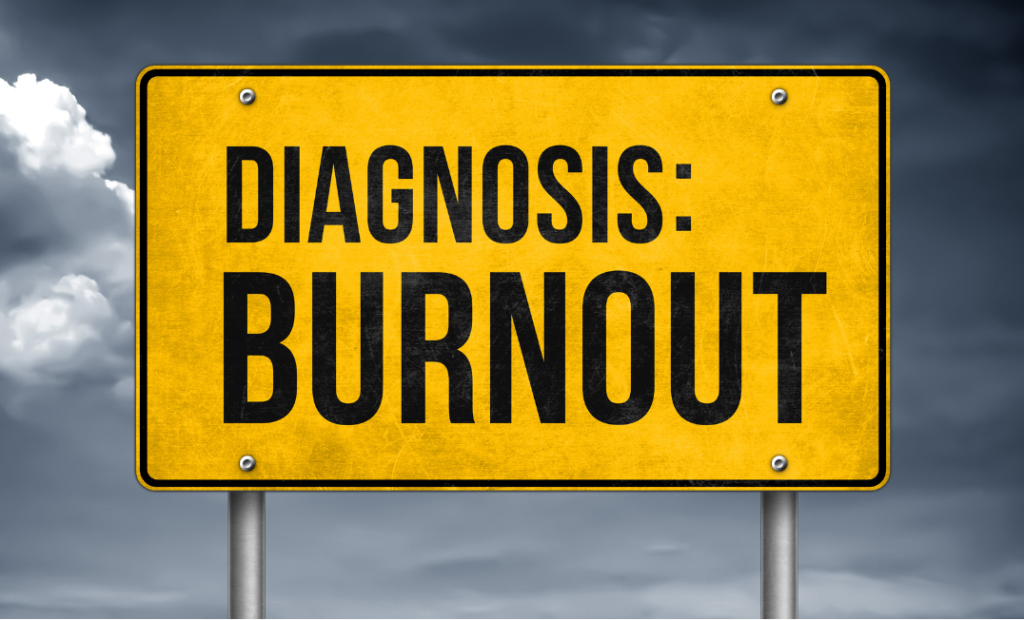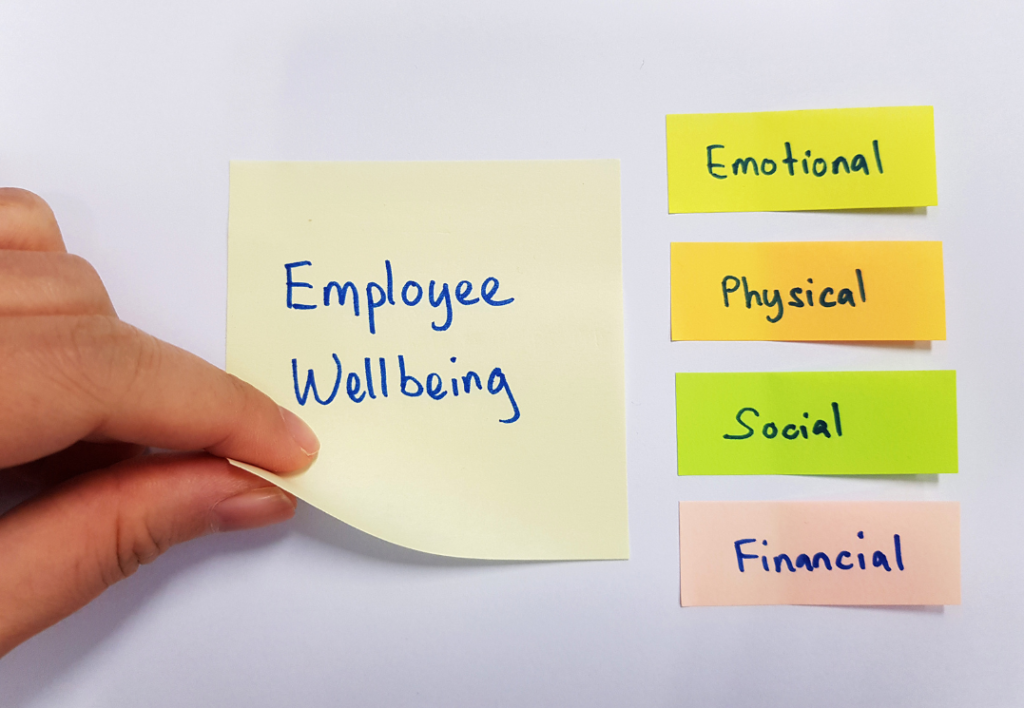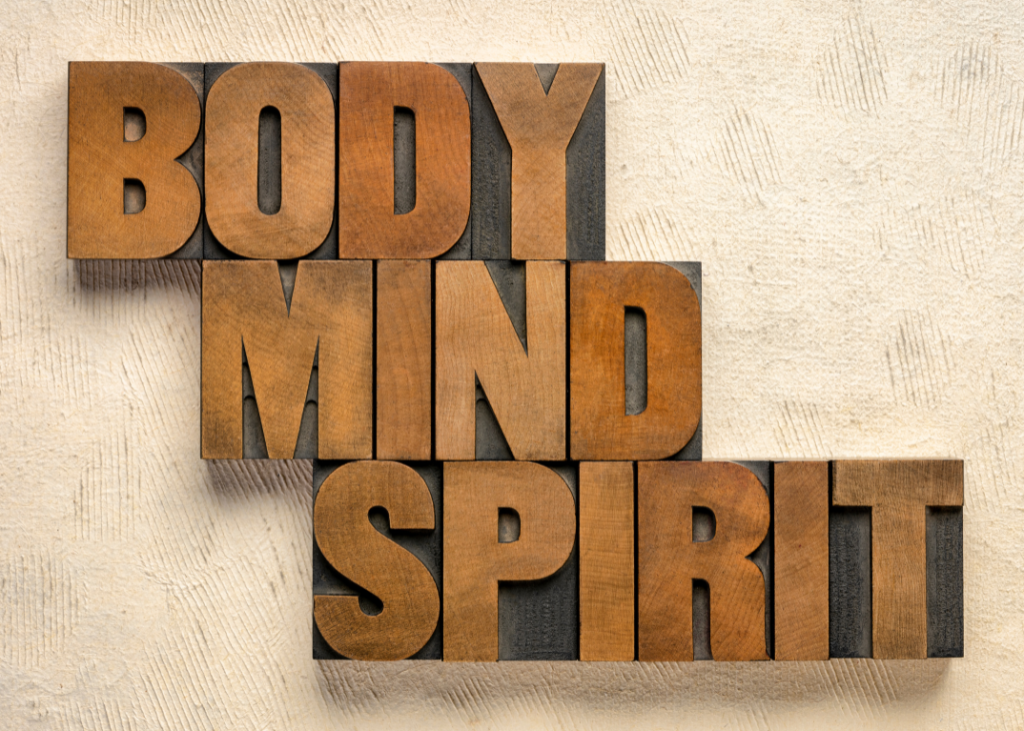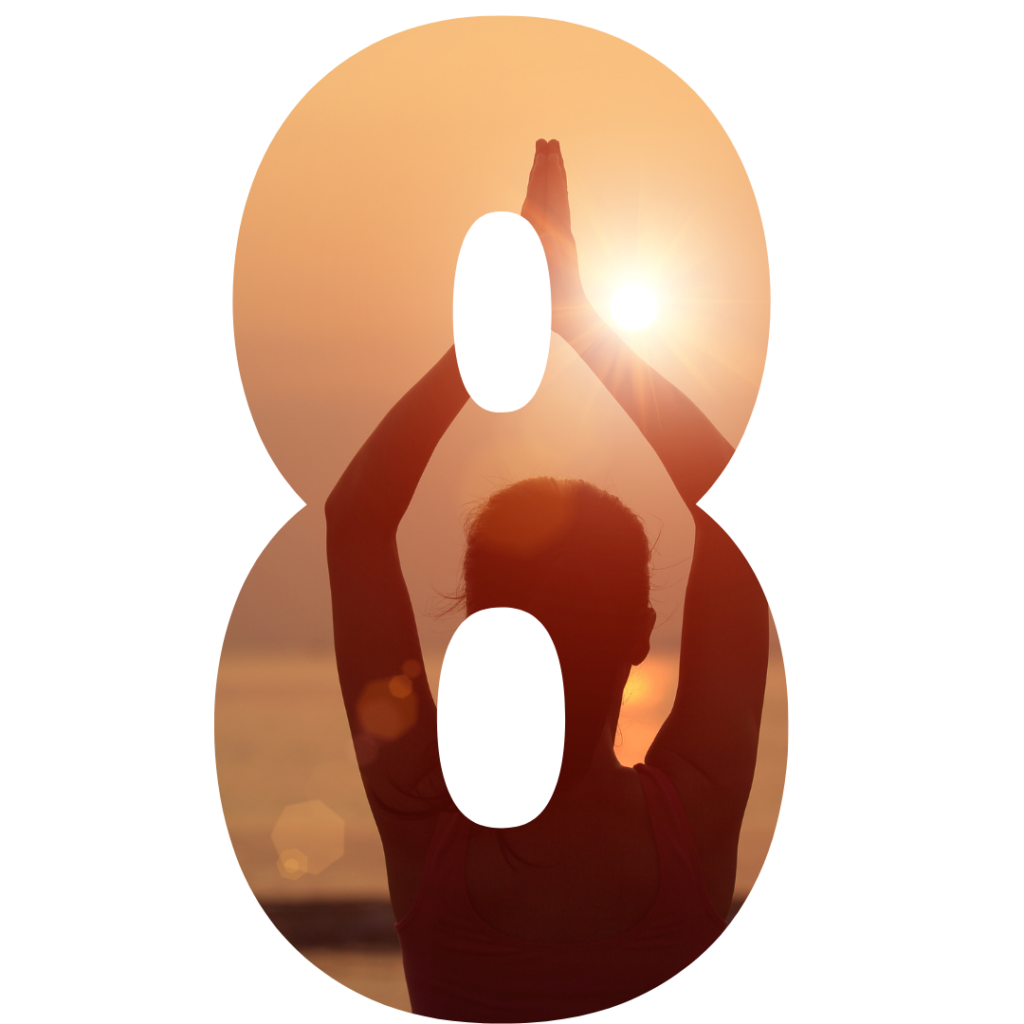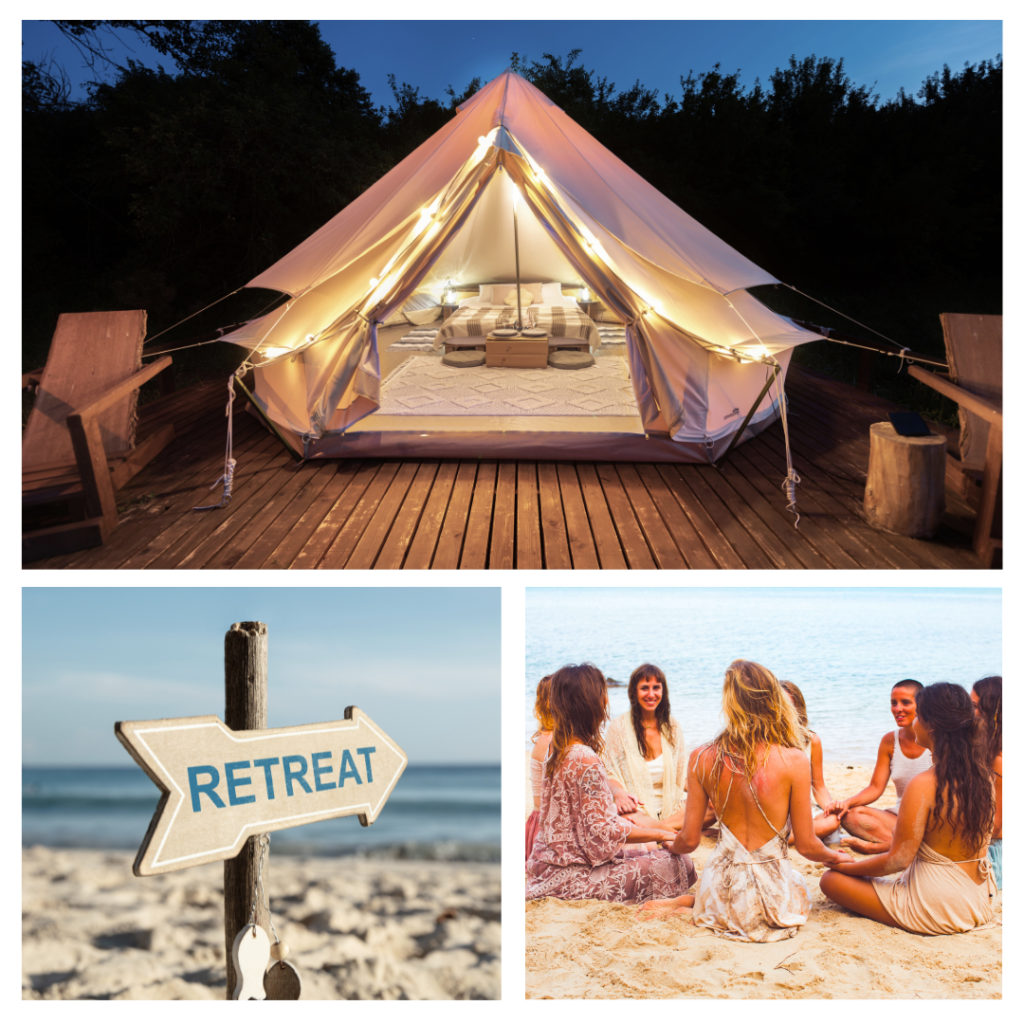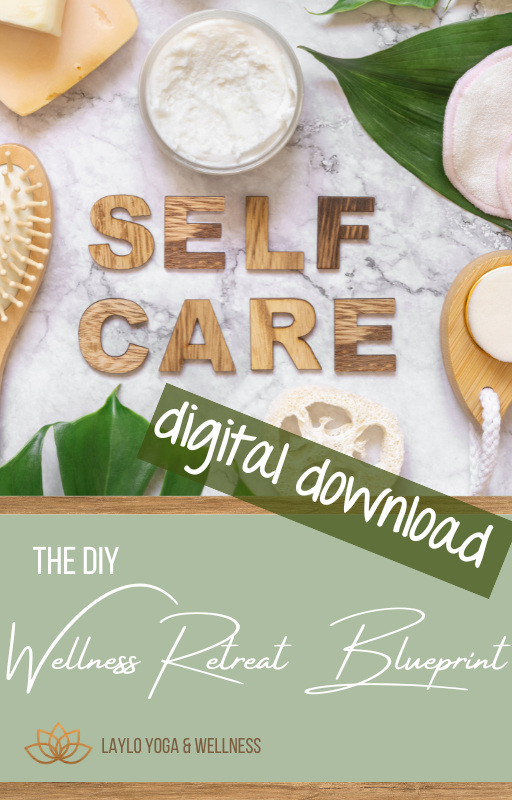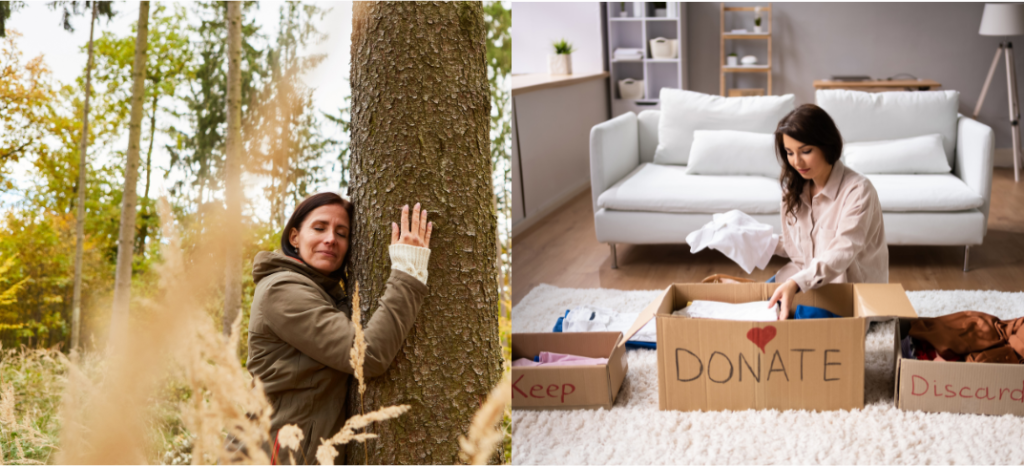
Environmental wellness is a key aspect of holistic living that often goes overlooked.
Whether it’s your personal surroundings or your impact on the planet, your environment plays a crucial role in your well-being.
It’s easy to get overwhelmed by the complexity of our environment. The problems can seem too big to tackle, rather it is our own personal space or looking at the bigger picture of the issues facing our planet.
The key is making small, manageable changes to improve both your space and your environmental footprint. Check out some of the ways you can make a difference starting today.
What Is Environmental Wellness?
Environmental wellness can mean different things to different people, but it generally refers to the state of your physical surroundings. It could be your home, office, or even the broader global environment.
The goal is to create spaces that reflect the energy you want to bring into the world and improve your mental, emotional, and physical health.
Start Small: Make Daily Environmental Changes
One of the easiest ways to begin improving your environmental wellness is by making small, daily changes. For example, you could start by committing to a simple task like recycling. Whether it’s taking out your cardboard waste for recycling or beginning a composting routine for organic matter, small steps can make a big difference.
I’m not going to lie – when recycling first became a thing you could do at your home, I was not all that into it. Partly because it was new – previously, you had to find a place to recycle your newspapers, bottles, and cans. Partly because it was initially a cumbersome process. We had little tiny bins to sort into, and extra stuff to now carry out to the curb. Not fun in the often rainy weather in Seattle!
Over time, it became easier to manage. I got used to it and the process itself became easier to manage.

It’s easy to feel beaten down by the larger environmental issues we face, but it’s essential to focus on what’s manageable for you. My motto is: “Never should all over yourself.” If you think of something as a “should,” it probably doesn’t align with your personal values. Instead, find small, sustainable actions that resonate with you.
Expand Your Impact with Monthly Environmental Goals
If you feel ready to take on more, try setting monthly environmental goals. For instance, you could participate in a community cleanup or simply pick up trash while walking in your neighborhood. If your community has dog waste stations, you might volunteer to replace the bags. Look for other simple ways to contribute; they are out there.
By committing a small amount of time each month, you not only improve your surroundings but also connect with your community and foster a deeper sense of purpose.
Declutter Your Personal Environment
Decluttering is another important aspect of environmental wellness. Consider setting a yearly decluttering goal, tackling one room of your home each month. Decluttering not only reduces physical clutter but also clears mental space, making your home a more peaceful, organized environment.
Before you start, think about what you want to do with items you no longer need. Could they be donated, recycled, or gifted to a friend or family member? Next, create a system to determine what stays and what goes by asking yourself questions like:
- Have I used this in the last six months?
- Does this item bring me joy or positive memories?
- Is it just taking up space?
As one quirky piece of advice I heard recently goes, “If a piece of dog poop got on this item, would you go through the effort to clean it, or would you toss it out?” While it might seem humorous, it’s an effective way to assess the true value of your belongings.
Every Small Step Matters
At the end of the day, environmental wellness isn’t about perfection; it’s about progress. By making small, manageable changes, you can create a more sustainable and peaceful environment for yourself and contribute positively to the planet.
The idea is to create a sense of stewardship over your surroundings. It brings a sense of calm, contribution, and pride that is a huge support to your overall sense of well-being.
Stay up-to-date on all things Radical Wellness with our digital eBook “Radical Wellness: Self-care to Reboot, Recharge, and Reconnect” and/or follow along with our series on YouTube!

Isn’t it time to leave burnout behind and lead a life that makes YOU a priority? Consider rebooting your mind and body with one of our wellness retreats! Designed specifically to immerse you in an environment that takes you out of your daily grind, you will be able to focus on crafting your life in a way that honors your family and career while carving out time to pursue interests that excite you so you can feel balanced, fulfilled, and calm. Get on the info list so you know what is happening, when, and where!
P.S. Let’s get to know each other better!! Follow us on Instagram, Facebook, YouTube, LinkedIn, and Pinterest, and join the LAYLO Shala to get the latest news and insider goodies 😍









